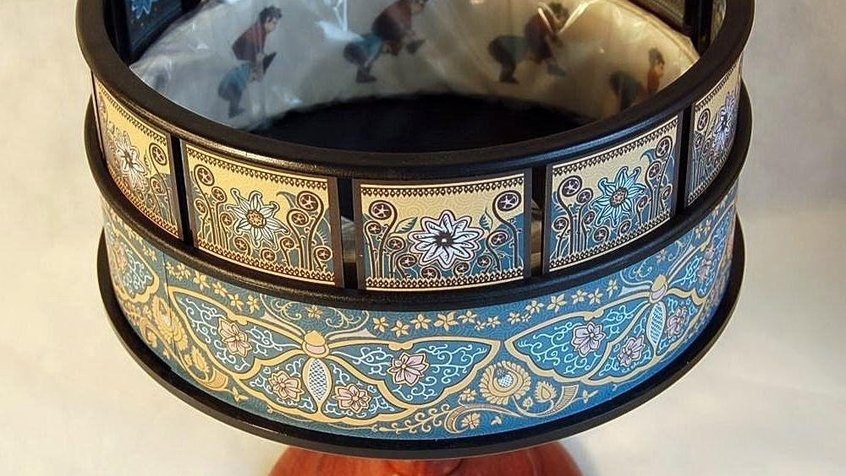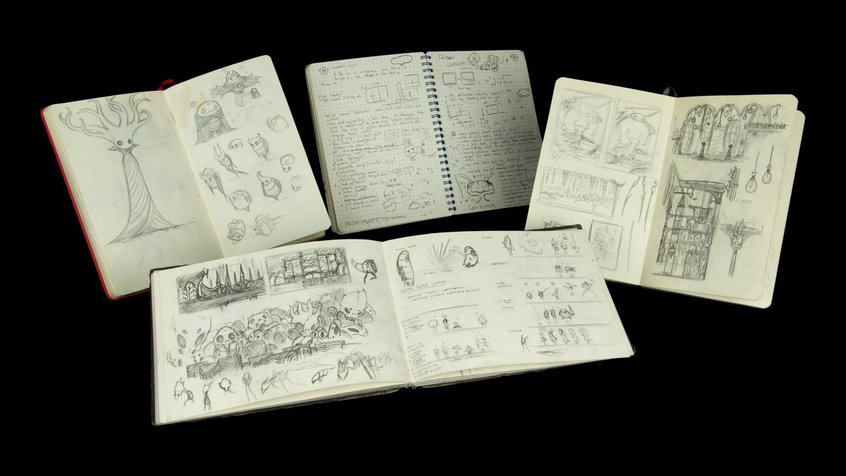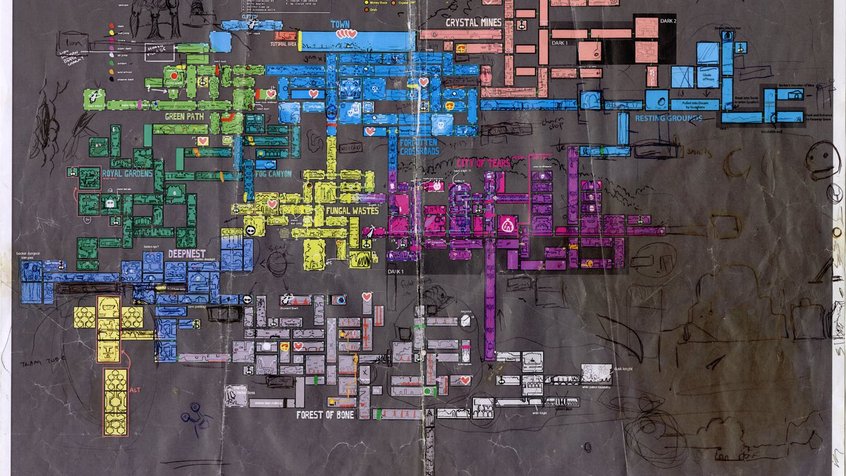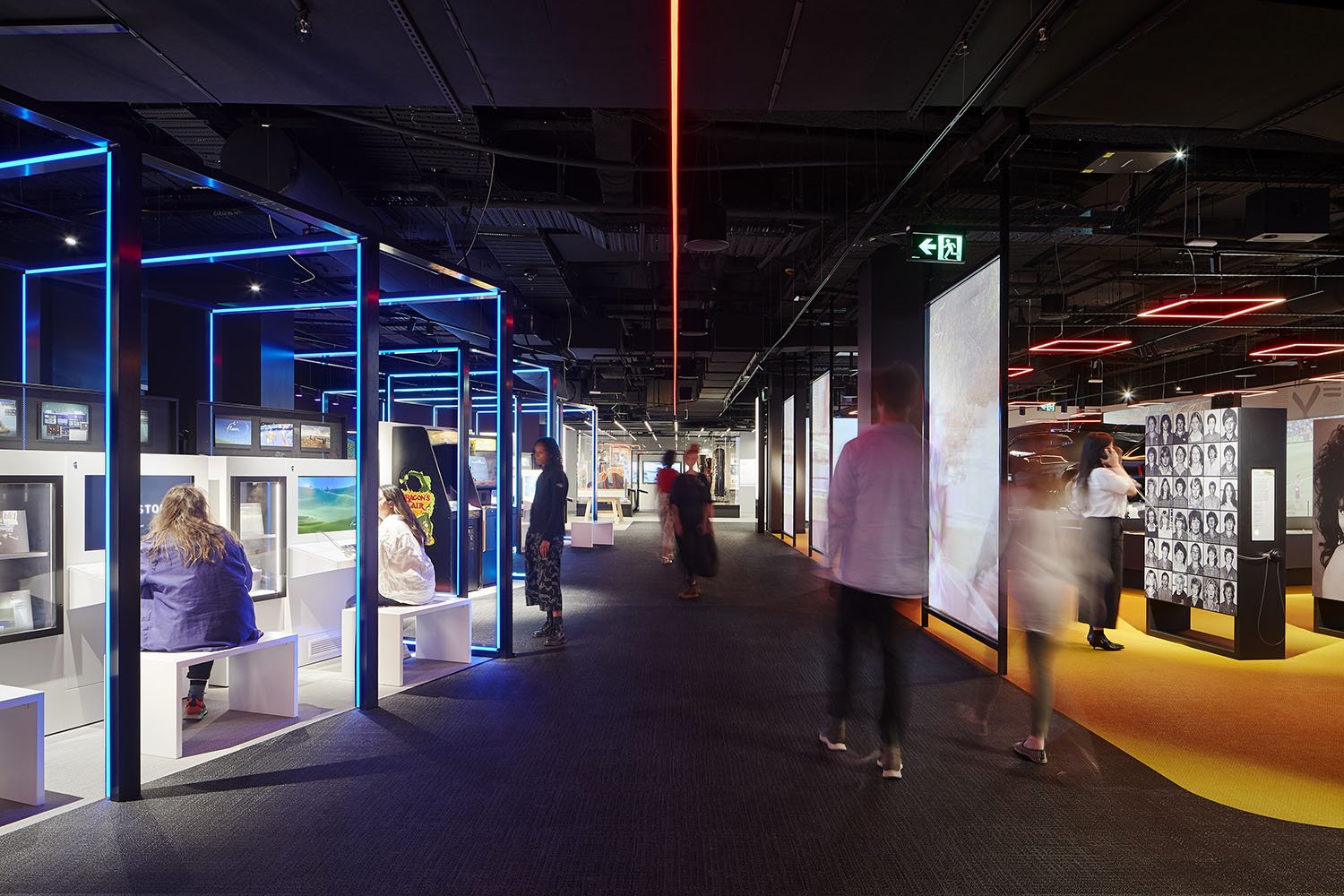
The Story of the Moving Image | Videogame discovery
Videogames are an incredibly popular form of moving-image, and feature prominently within ACMI's centrepiece exhibition, The Story of the Moving Image. Students love playing videogames in our Games Lab, but we also endeavour to enlighten students about the immense thought and creativity that goes into making a videogame, through objects and displays. There are many of opportunities too, for inquiry and creative thinking, as well as inter-generational conversations about gaming between teachers and students.
About this resource
In this resource for upper Primary and lower secondary students, you will be taken on a journey that explores gaming history, game development, social aspects of gaming, and everyone's favourite - gaming controllers.
Students can engage with discover and explore prompts before coming to ACMI - with these prompts also relevant as a follow-up to the exhibition, and can be referred to during and after the visit.
They can use the Videogames Trail whilst visiting, and 'collect' information about all the things they discover using their ACMI Lens (which students will receive at ACMI, and can take home / back to school).
Cuphead zoetrope
The first stop in the trail is to visit and view the Zoetrope that features animated characters from the popular videogame, Cuphead. A zoetrope is an early example of an optical illusion toys, and its invention predates cinema.
The zoetrope in our exhibition is a modern update on this 120+ year old invention, and features 3D printed characters that have been cleverly and carefully designed to appear as live-action animations when the spinning zoetrope is matched and timed with a flashing light.

Due to the flashing light, video cameras can't capture the magic of it - you need to see it live to get the full effect.
Zoetropes use a series of sequenced images that form an animation loop, when they spin. The loop is created by matching the first and last image in the series.
With the Cuphead zoetrope, instead of images we have three-dimensional characters and objects.
Reflect with students
When the zoetrope was spinning, and no light was flashing, the figures appear as a blur. But when the flashing light is introduced, the characters move, and are in way - animated.
Discuss with students:
- how does the introduction of the light flashing on and off, result in an animation effect?
- how important is it that the character animations are all looped? How might it look without these loops?
Older zoetropes didn't have a flashing light, instead, 2D images were pasted onto the inside of a cylinder with slits spaced around it. Viewers would line up their eye with the slits, and look through the see the animation taking place.
Look at images of an older zoetrope, and compare it with the Cuphead zoetrope:
- how are they different?
- what do they have in common?
Thinking about the game style and genre
Students may or may not be familiar with Cuphead the game, and you might like to take the opportunity to analyse the game style and genre. You don't have the play the game to do this, you can use the game's original 2017 launch trailer instead.
Please note this game is rated PG in Australia and that you might like to consider its appropriateness before this activity.
Discuss:
- what do you notice about the look and style of the game - from what era / decade do you think the game draws inspiration from in terms of the animation style?
- think about the perspective the player has on the game world, and the style of gameplay - what type of game do you think Cuphead is? (some terms students might come up with might include: side scrolling, platformer, run and gun, boss battles)
- despite the game drawing on an old animation style, and made in a game genre that's somewhat outdated; this is a really popular game. Why do you think it was popular, even though it drew on many older elements from gaming and animation?
Hollow Knight
In the Moving Worlds part of the exhibition, there is a display for the incredible Australian made videogame Hollow Knight.
Look closely at the sketches in the notebook, as well as the zoomed out map of the Hollow Knight world.
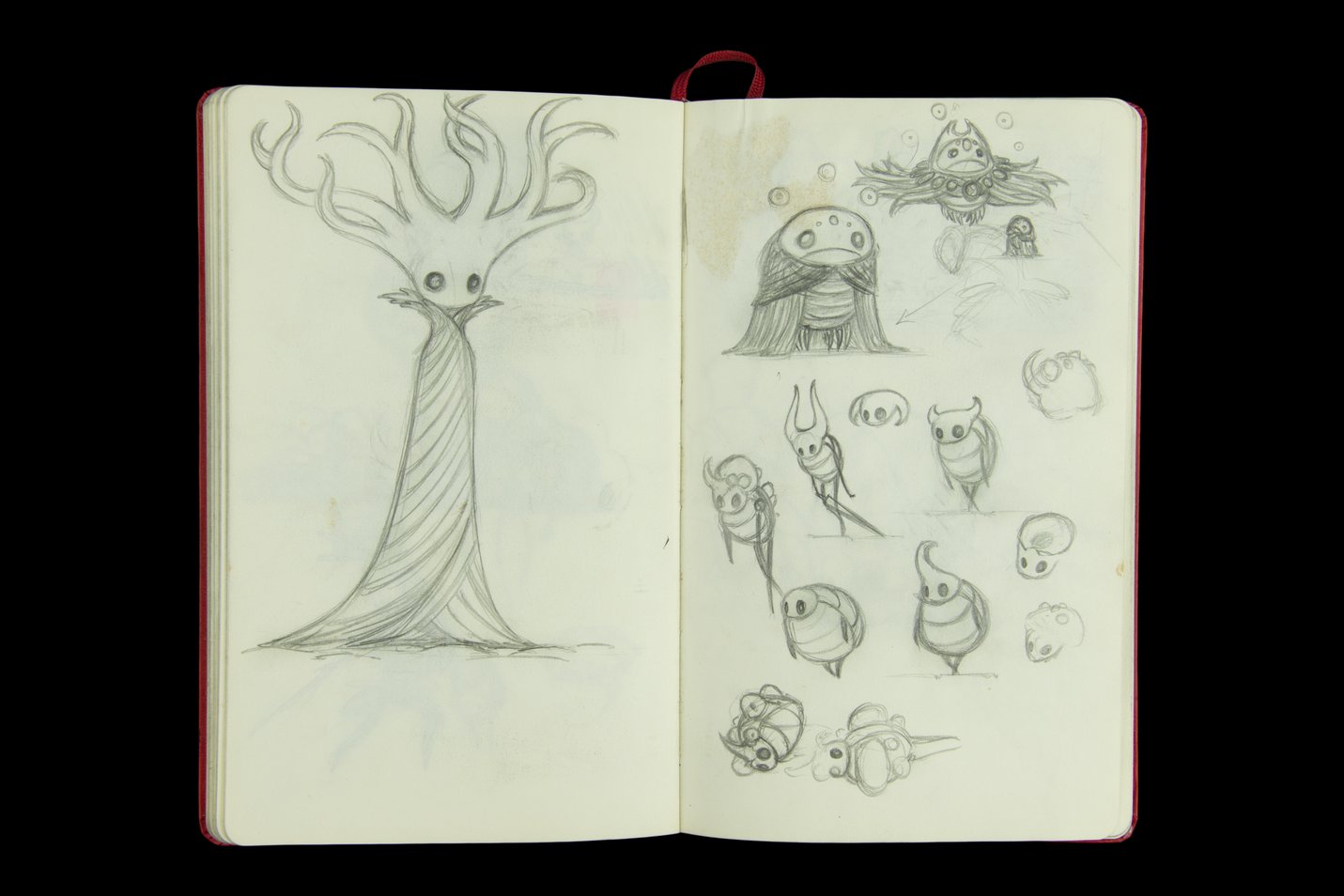
Discuss
- why do you think these videogame characters begin as hand-drawn sketches?
- do you think character designs would have changed much from these original sketches, and what characters ended up looking like in the game? Why or why not?
- two-dimensional character designs for videogames are called 'sprites'. Did you know this already? Team Cherry who made Hollow Knight, have made character sprites from the game available online via Google Drive - you can find them here. Have a look.
- you can also see below a 'sprite sheet' which outlines all the possible animations and movements of characters, playable and non-playable. Can you identify some o the animations / movements of this character? Things like idle, attack, jump etc.
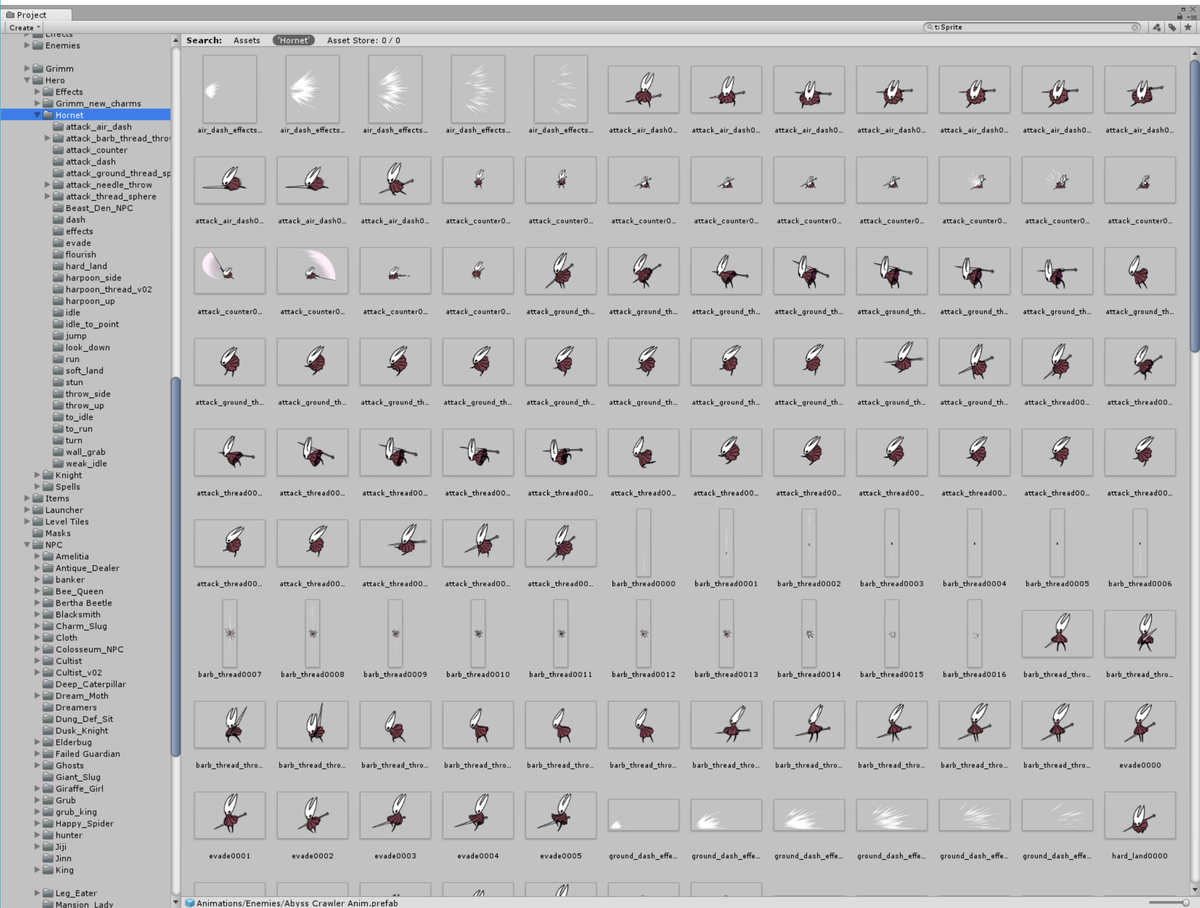
Check out this zoomed out map of the game world (called Hallownest). This is map created before the game world was designed using a game engine.
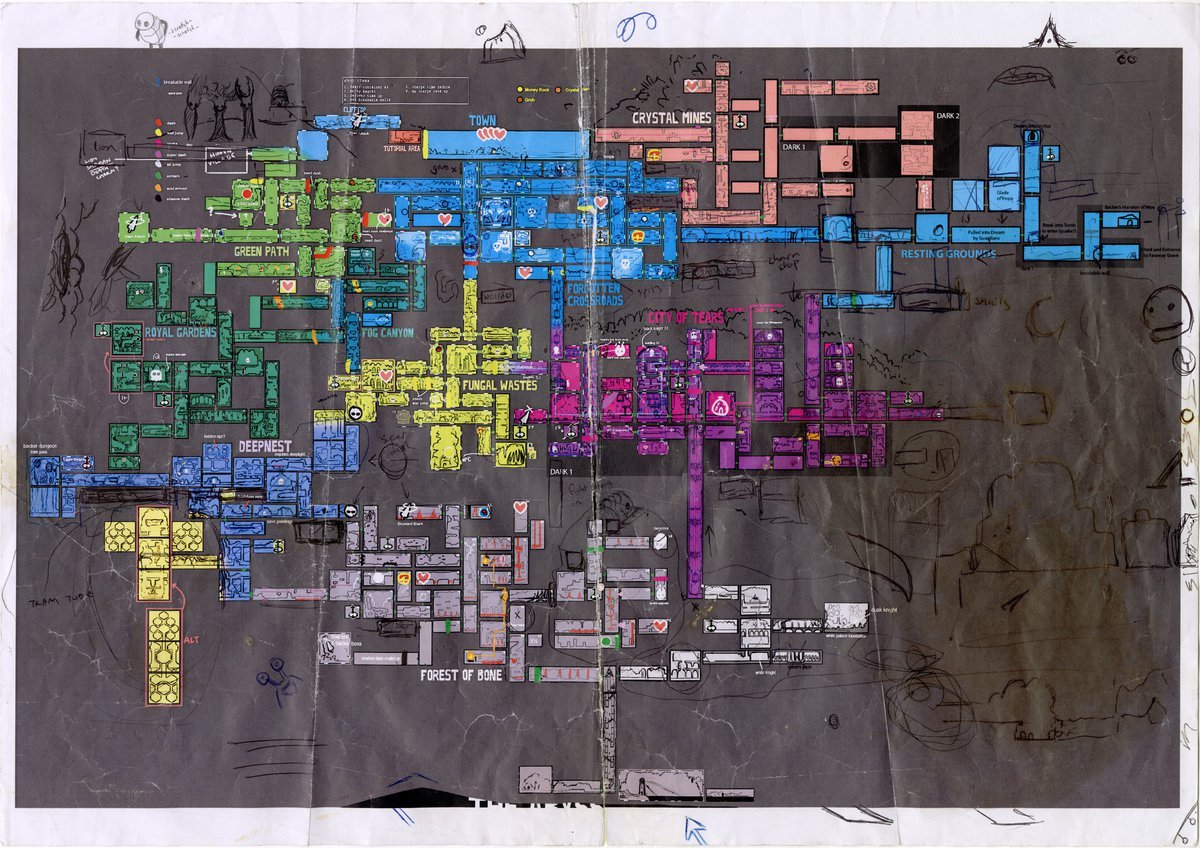
Discuss
- why was it important to plan out the entire world, including all the different levels, of the game?
- what do you think the colour coding represents?
- even if you have or haven't played the game, discuss how you imagine the player moving through this game world - where do you think the player starts, where do they end, and what could their path be through all the other levels or sections
Game controllers
On the trail, hopefully teachers and students all get to take in the wall of controllers in the Games Lab.
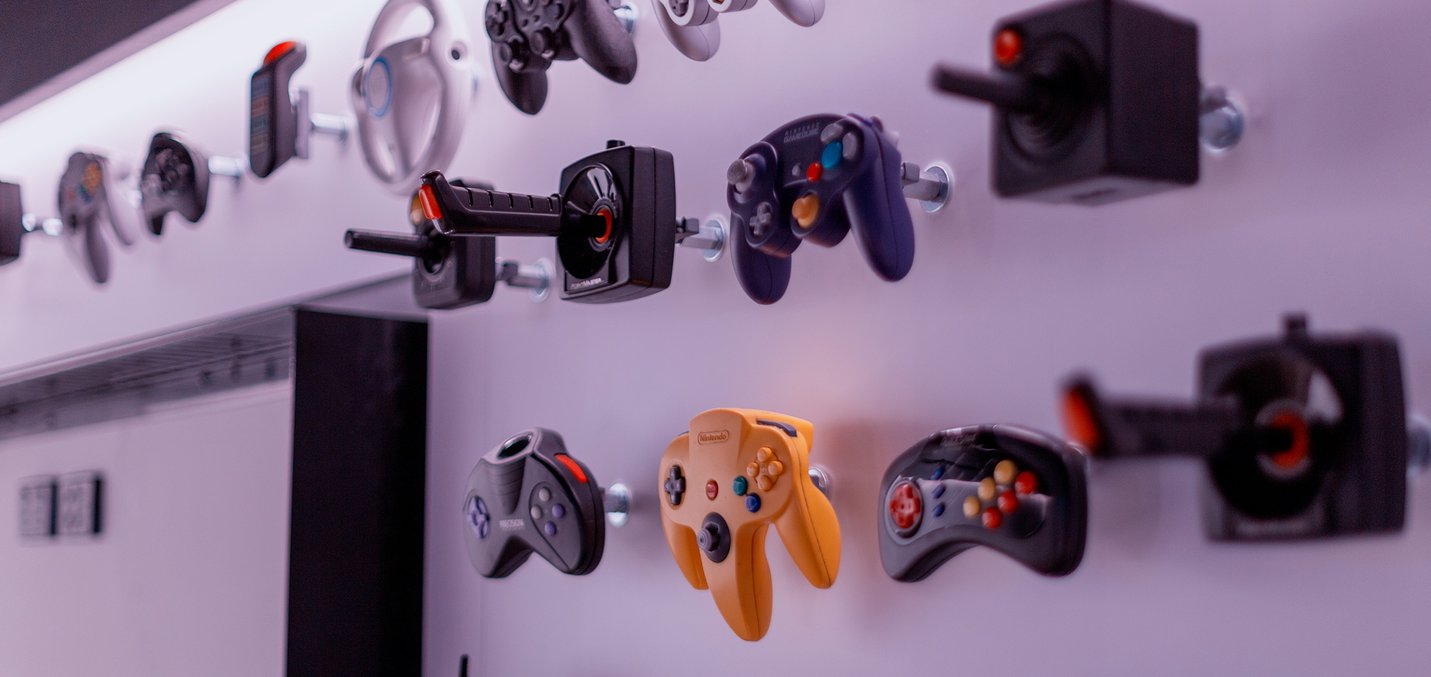
This wall can be a great place to have an inter-generational chat about teachers experiences of gaming growing up, and together you might like to:
- try and identify what you all think might be the oldest controller on the wall
- why do students think this is the oldest?
- how is it simpler than a newer controller?
- why were older controllers simpler?
- share your experiences of gaming with your students using any controllers you remember growing up with
With students, you might like to identify some specific controllers, and a few features across some of the controllers, such as:
- joysticks: which ones have them, and from roughly what era were joysticks used? (There is an Atari one up there!)
- d (direction) pads: these replaced joysticks, when do students think this happened, and can they identify controllers that have them? (students might notice the classic NES controller)
- N64 controller: which is the N64 controller? What did it introduce that controllers beforehand didn't have? Why do students think this was introduced? (Hint: it has to do with N64 have 3D worlds as opposed to 2D game worlds)
Students might also discover the Nintendo Power Glove, which was used for a boxing game on the NES. Extra special controllers like this often cost quite a bit extra, and can be disappointing, especially when they only work for a small number of games.
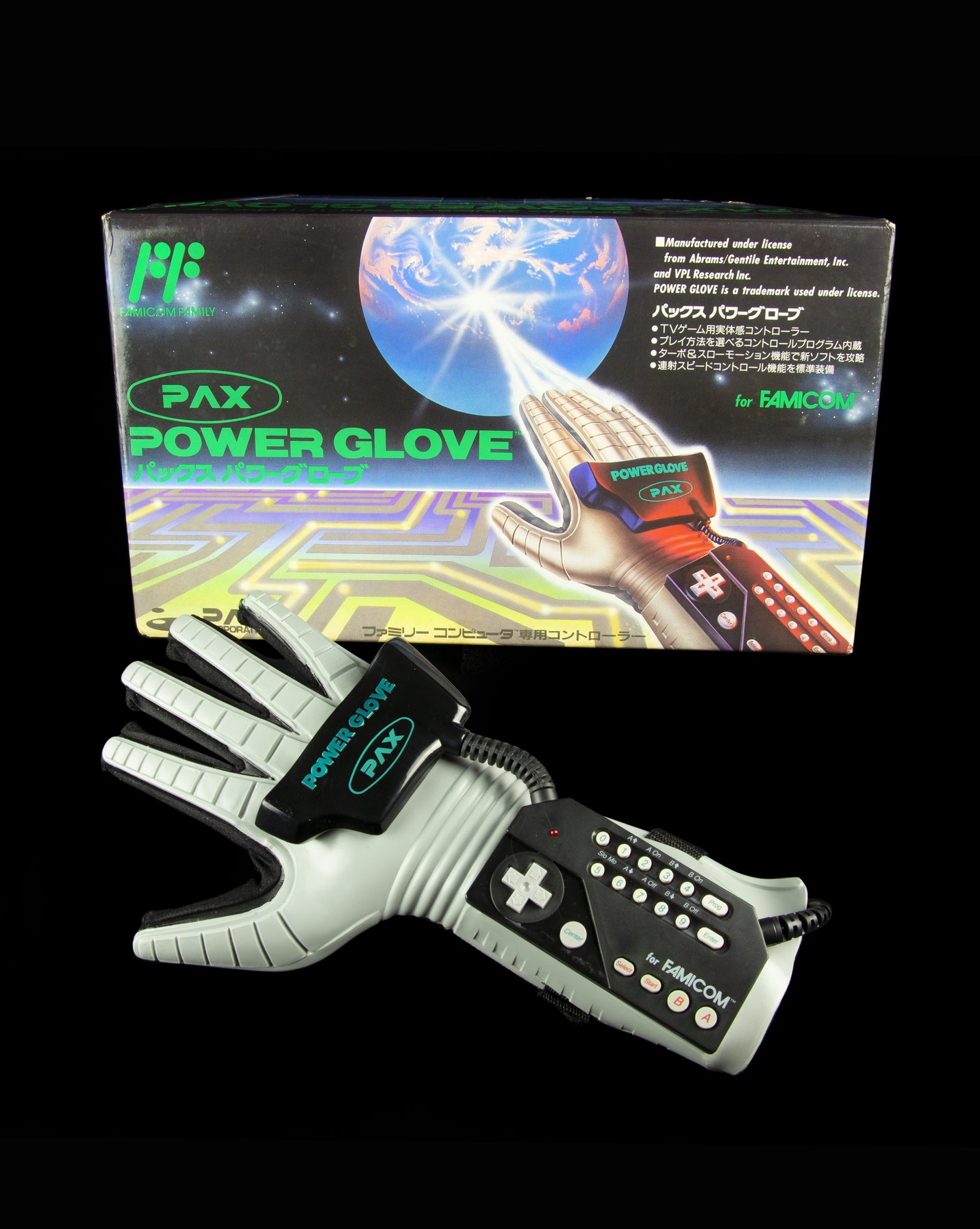
Back at school, students might like to do some research into other gimmicky or game genre specific controllers.
Our favourites include Nintendo's R.O.B, Dreamcast Fishing Rod, and the Sega Cyberstick. How many games were controllers actually compatible with? And do students think they were a bit of a rip-off? Or kind of cool?
Arcade machines
Whilst visiting the Games Lab, students (and teachers) probably won't need much encouragement to try out some games, and vs. one another on one of the Arcade machines.
Afterwards, you might like to reflect on the following:
- what was it like playing against one another in such close proximity?
- what did you notice about the controls and gameplay of the game you played?
- Arcades and Arcade Gaming was very social, are videogames still social experiences? If so, how? And how might the social experience of playing videogames changed since the days of Arcades?
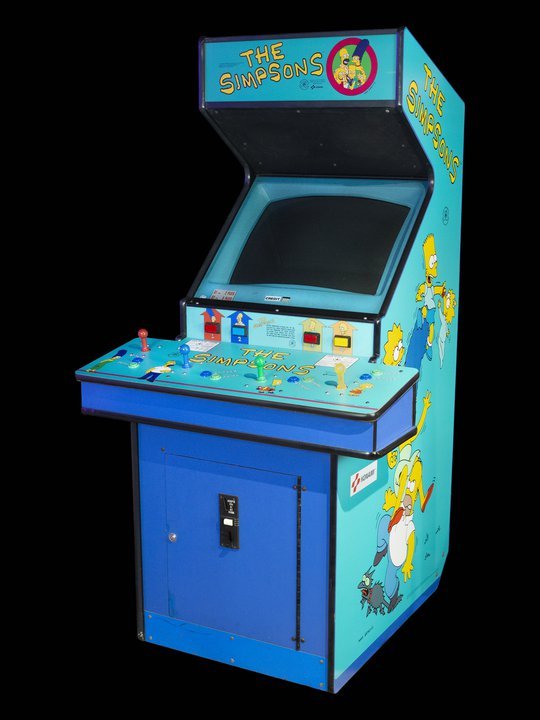
Back at school, students might be interested in the history of Arcades and Arcade Machines - teachers you might like to pre-watch the below video to see if it's appropriate for your class.
Videogames over time
When we think about the evolution of videogames, we often focus on processing power and the effect that's had on improving graphics over the decades.
Despite our ability to make incredibly realistic three-dimensional videogames though, there are heaps of popular games, that aren't realistic, and lean into older graphic styles, and 2D worlds. Think about the success of Minecraft, it's 3D but uses simple graphics and blocks, and how 2D platformer games like Hollow Knight are hugely popular.
Research activity
For this activity, instead of focusing on graphical improvements over time, challenge students to create their own videogame timelines, using one (or more) of these topics - topics that are less focused on graphics and processing power, and more on other important elements of games. We've added ways students could explore their topic, if they want to delve a little deeper.
- history of how we control videogames
- and how videogame actions and mechanics have fuelled this change
- the evolution of videogame worlds
- how not just game maps have grown, but our ability to interact with game worlds has changed
- let's play together: how the social aspect of videogames has evolved
- could track early console and arcade machines, through to LAN parties, and massive multiplayer, and how the social experience of gaming has changed, but also, in what ways has it stayed the same?
- videogame mechanics: the big breakthroughs
- identify videogames that 'changed the game' when it came to videogames mechanics - so, things players can do in game. Some titles students might like to research include Pong, Portal, Sim City, Marios Bros., Mario 64, World of Warcraft, Legend of Zelda: Tears of the Kingdom, The Sims, Minecraft
Thanks for engaging with this resource, we have plenty of games resources you can use with your students, and we've listed some below:
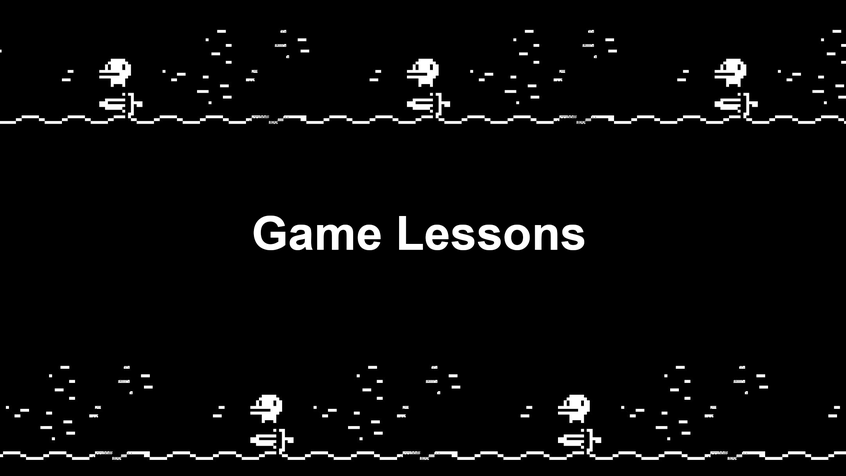
Game Lessons
A program of free lesson plans and professional development that help you use videogames in the classroom.
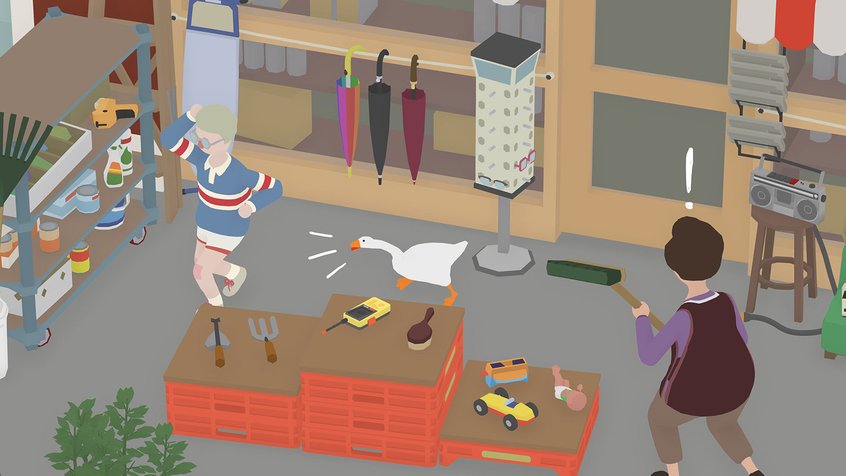
Untitled Goose Exhibition resource
Invite students to come up with their own ideas for a videogame using Untitled Goose Game as inspiration.

